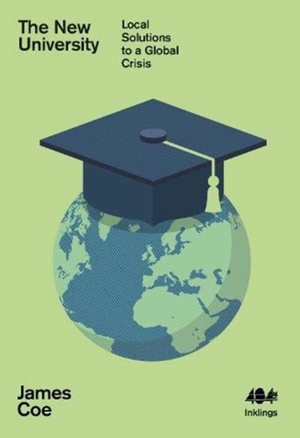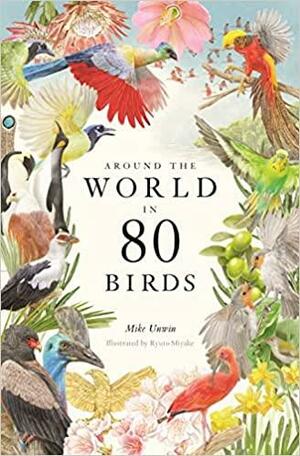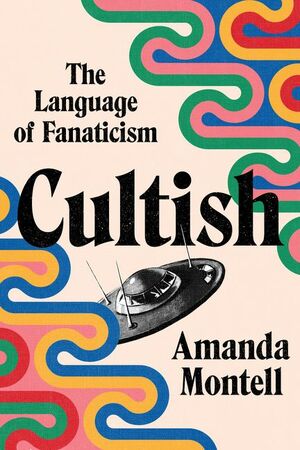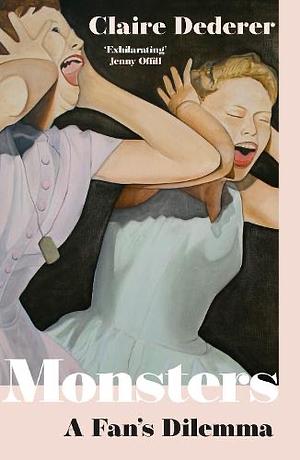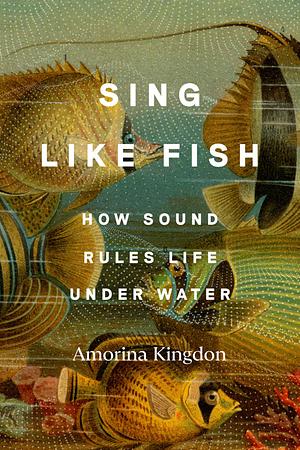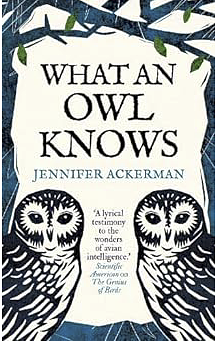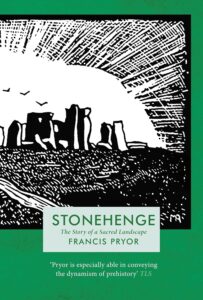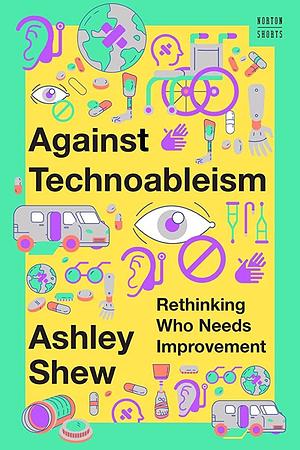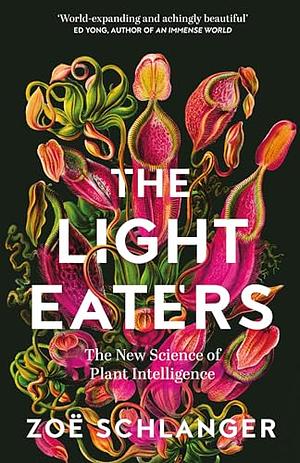
The Light-Eaters: The New Science of Plant Intelligence
by Zoë Schlanger
Genres: Non-fiction, SciencePages: 304
Rating:

Synopsis:A narrative investigation into the new science of plant intelligence and sentience, from National Association of Science Writers Award winner and Livingston Award finalist Zoe Schlanger.
Look at the green organism across the room or through the window: the potted plant, or the grass or a tree. Think how a life spent constantly growing yet rooted in a single spot comes with tremendous challenges. To meet them, plants have come up with some of the most creative methods for surviving of any living thing - us included. Many are so ingenious that they seem nearly impossible.
Did you know plants can communicate when they are being eaten, allowing nearby plants to bolster their defences? They move and that movement stops when they are anaesthetised. They also use electricity for internal communication. They can hear the sounds of caterpillars eating. Plants can remember the last time they have been visited by a bee and how many times they have been visited - so they have a concept of time and can count. Plants can not only communicate with each other, they can also communicate with other species of plants and animals, allowing them to manipulate animals to defend or fertilise them.
So look again at the potted plant, or the grass or the tree and wonder: are plants intelligent?
Or perhaps ask an even more fundamental question: are they conscious?
The Light Eaters will completely redefine how you think about plants. Packed with the most amazing stories of the life of plants it will open your eyes to the extraordinary green life forms we share the planet with.
Zoë Schlanger’s The Light Eaters very much came across as a science writer’s book rather than a scientist’s, larded heavily with personal observations of feeling very inspired by plants, and not very discriminating in the choice of sources — or at least, in how to describe them. When a study has failed replication, maybe say that right away before you spend a whole chapter discussing it, for instance.
I think it was mostly that experience, early in the book, that made me wary of the whole thing. There are some fascinating studies mentioned, and the citations are not numbered but still fairly clear and easy to follow-up: the studies about the effects of (some) anaesthetics on plants were genuinely fascinating, and didn’t seem to be too much over-hyped, for instance.
I think in the end, it’s not that I dislike the conclusions Schlanger’s reaching for: the effort to recognise that plants have much more agency and intelligence than we attribute to them, and that humans are so animal-centric, we have way too much difficulty grasping that there are other ways to be, among us all the time, and lives we impact that we don’t even think about. She highlights genuinely interesting studies and views. It’s just… when something fails replication, that’s not trivial. It happens even when something is true, because the conditions aren’t exactly replicated, but it means something, and should never be handwaved away.
So I guess my thoughts on this one are “read with care”, but not an anti-recommendation.
Rating: 2/5

